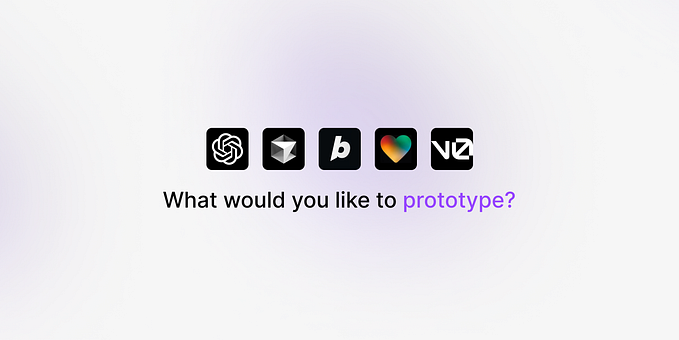Member-only story
Embrace Dilemmas. Design with Dilemmas.

In life, we are, facing dilemmas and decisions.
Thoughts and dilemmas hunting our days and nights.
At the end of the day after mental exertion, emotional, intellectual efforts, we have to decide.
Decision.
Dilemma-Driven Design
Dilemmas are everywhere.
We choose to get up in the morning, we choose to go to work, we choose our spouse or relationship, we choose our career or job.
From a research paper in Social Psychology, they found that people feel desire half the time they are awake (52%), and almost half of those desires (47%) are conflicting with other goals. (Baumeister, 2010)
From a designer’s perspective, this reveals that when people are using your product, there is half a chance that they sacrificed something that’s equally important.
Life is full of trade-offs, and most people want multiple things at a time.
We all know that’s it is not possible (highly not possible) to design something that can fulfill all of your user goals, especially when the goals are out of your scope.
But placing user’s dilemmas in the center of your design can help you understand and respond to their behavior better. It forces you to consider the conflicts that are happening around the user and use this as a starting point to enrich the proposed design.
In this article, we will share a process that you could follow to design with dilemmas. You can find more about the process in the Book of Dilemmas for Designers by Deger Ozkaramanli.
The Process
As illustrated in the Book of Dilemmas for Designers, there are multiple steps to do in order to identify users’ dilemmas and create ideas that can realize the user’s intention.

We categorized all these steps into three main activities, and we will go through them one by one in the rest of this article:
- Discover
Talk with users and identify the dilemmas that they…





